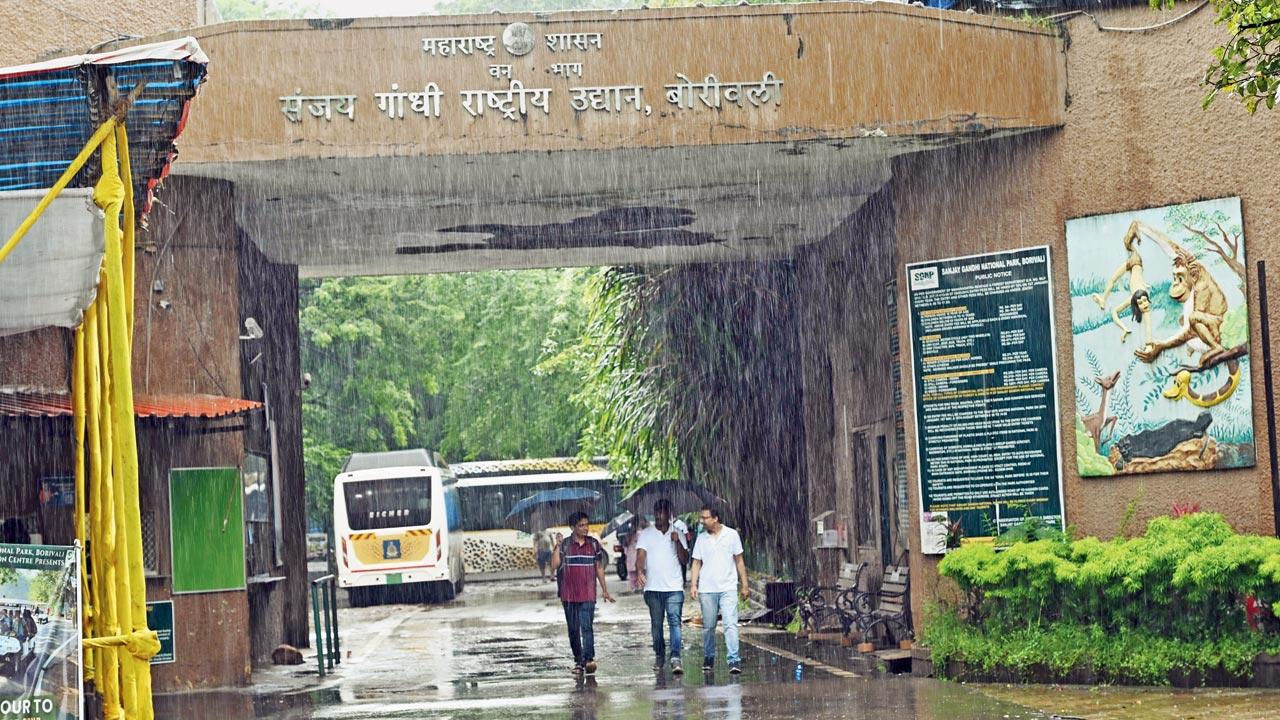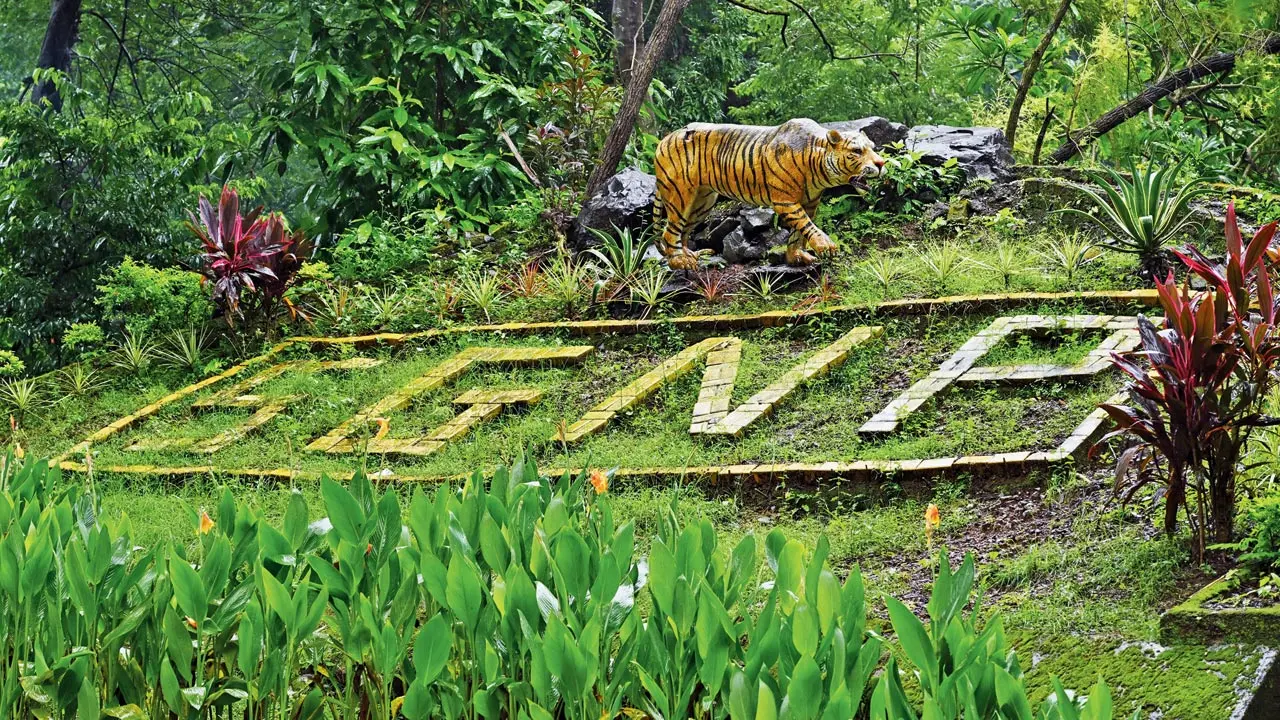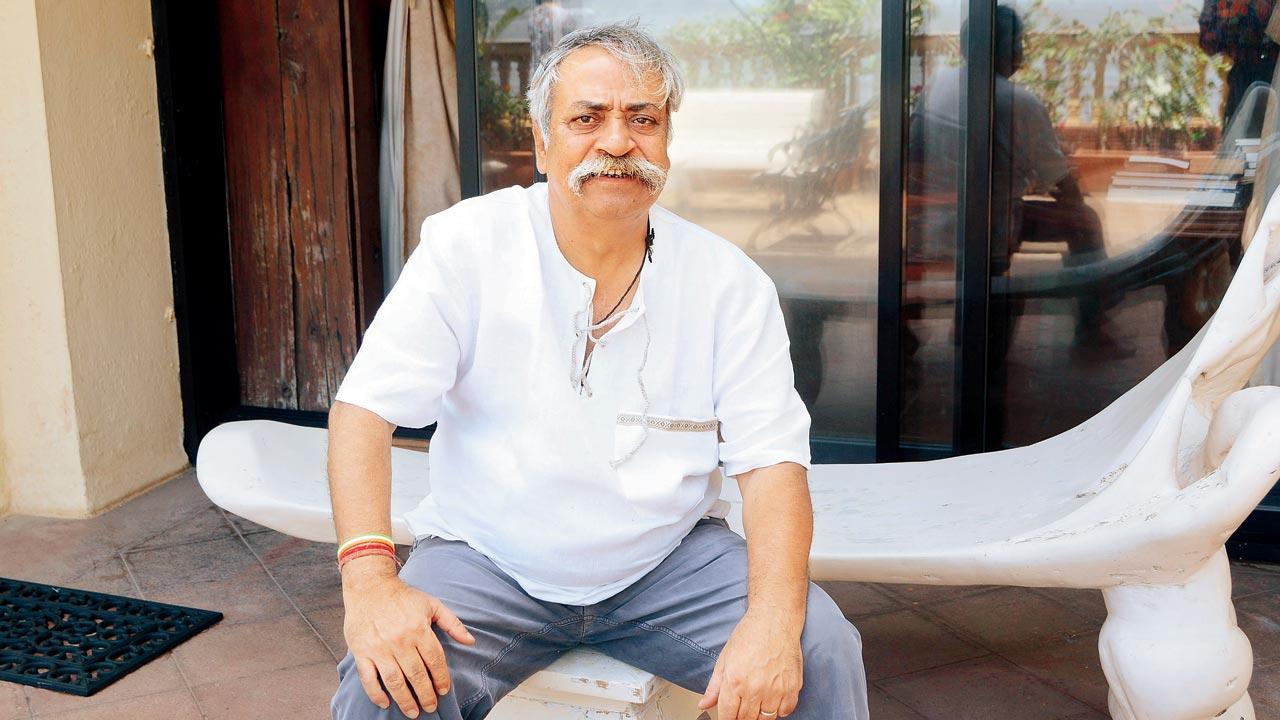Even as the BMC has invited suggestions and objections to the Draft Zonal Master Plan (ZMP) for the Eco-Sensitive Zone (ESZ) around Sanjay Gandhi National Park (SGNP), city-based environmentalists have strongly criticised the plan, saying it ignores key forest areas that lie within Mumbai.
Environmentalist Stalin D, who has been fighting for the protection of SGNP and its surrounding green zones, has submitted detailed objections to the civic body, pointing out major exclusions and ecological oversights.
“After going through the ZMP draft, I was shocked to see the exclusion of ESZ-3 areas in Mumbai,” Stalin told mid-day. “Natural forests, hills, and river origins in areas such as Aarey, Dindoshi, Gundgaon, Sai Bangoda, Yeoor, and Mori have been left out of protection. This leaves over 210 acres of unconstructed forest and hill land open to development. The move defeats the purpose of the ESZ notification, which was meant to safeguard ecologically fragile zones. Pristine areas are being opened up, and the only natural river ecosystem at Chena is being destroyed through this master plan.”
Environmentalists have also alleged that the plan fails to address long-standing encroachments and informal settlements. “Although around 61,000 such cases have been acknowledged, the plan offers no strategy for rehabilitation or real-time monitoring, raising fears of continued violations,” Stalin said.
Equally worrying, activists say, is the lack of focus on critical river ecosystems. “The Oshiwara, Chena, and Poisar rivers, along with their floodplains and riparian forests, are barely mentioned. Ecotourism and construction projects have been allowed in these areas despite Supreme Court-appointed committees recommending strict protection,” he added.
Experts argue that open spaces and untouched forests — vital for Mumbai’s biodiversity and air quality — have been left exposed. “Nearly 200 acres of pristine forest could have been protected under ESZ-3 zoning. Instead, the draft allows construction that will benefit outside investors more than local residents. Polluting industries and abandoned quarries are also ignored, missing crucial opportunities for ecological restoration,” Stalin said.
Wildlife experts and NGOs have also flagged incomplete biodiversity surveys, saying key species such as civet cats, rusty-spotted cats, deer, pythons, and monitor lizards were not recorded. Weak provisions for tree protection and human-wildlife conflict mitigation, they say, further undermine the plan.
Stalin added that wildlife corridors remain unprotected, and that ongoing or pre-approved construction projects in Yeoor and along the Chena river risk irreversible ecological damage.
NGO Vanashakti, which has also filed objections, has demanded an immediate freeze on all ESZ-2 construction and a thorough review with the forest department before the plan is approved.
Environmentalists warn that unless the draft is urgently revised, the ZMP could end up prioritising real estate over ecology, endangering Mumbai’s biodiversity — and its residents’ future.











